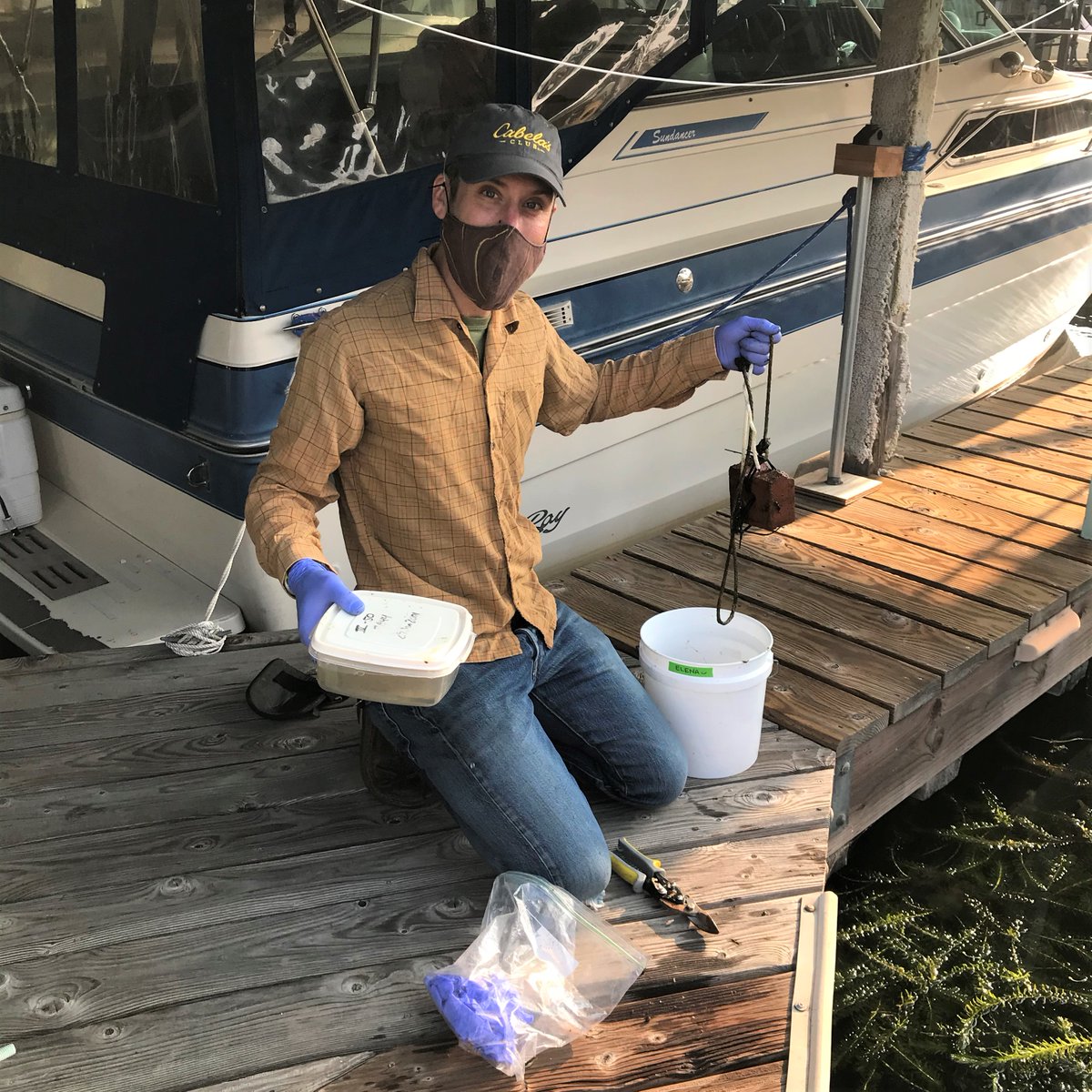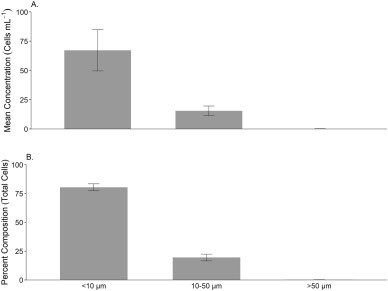From the #FoulingProject in Humboldt, CA, an Onchidoris! 

A beautiful Doto nudibranch taken by the talented @bmtracy 

Another classic #FoulingProject specimen common to the west coast, Hermissenda! 

Coming in at a honkin' 10g in the heavyweight category for big boi nudis is this Trophia visitor. (Seriously this one was pretty big). 

Looking like it'll float away at the faintest breeze, a southern california nudibranch who's name I'm not sure of!
(@alisonkestrel any guesses?)
(@alisonkestrel any guesses?)

@alisonkestrel At the other end of the spectrum is the tiniest of Eubranchus nudibranchs from the Bering Sea, climbing up what I believe is a hydroid stem. 

@alisonkestrel How many is too many Hermissendas? Here's another gorgeous one from our #DvexEradication project in Sitka, AK. 

@alisonkestrel Speaking of Alaska, here's a classic nudibranch from the same Sitka project, the orange peel Tochuina tetraquetra! 

@alisonkestrel On the other side of the globe in Ecuador was this orange Thecacera nudibranch. 

@alisonkestrel Finally, the most recent nudi picture taken by the lab during #OuterCoastSurveys in Monterey this month, another opalescent nudibranch! 

@alisonkestrel We are all invertebrate lovers and taxonomists, who only dabble in underwater photography, but photos of our favorite animals help us stay motivated during field work! We love a thread on some of the beautiful tiny marine species.
#invertebratesrule
#invertebratesrule
• • •
Missing some Tweet in this thread? You can try to
force a refresh






















